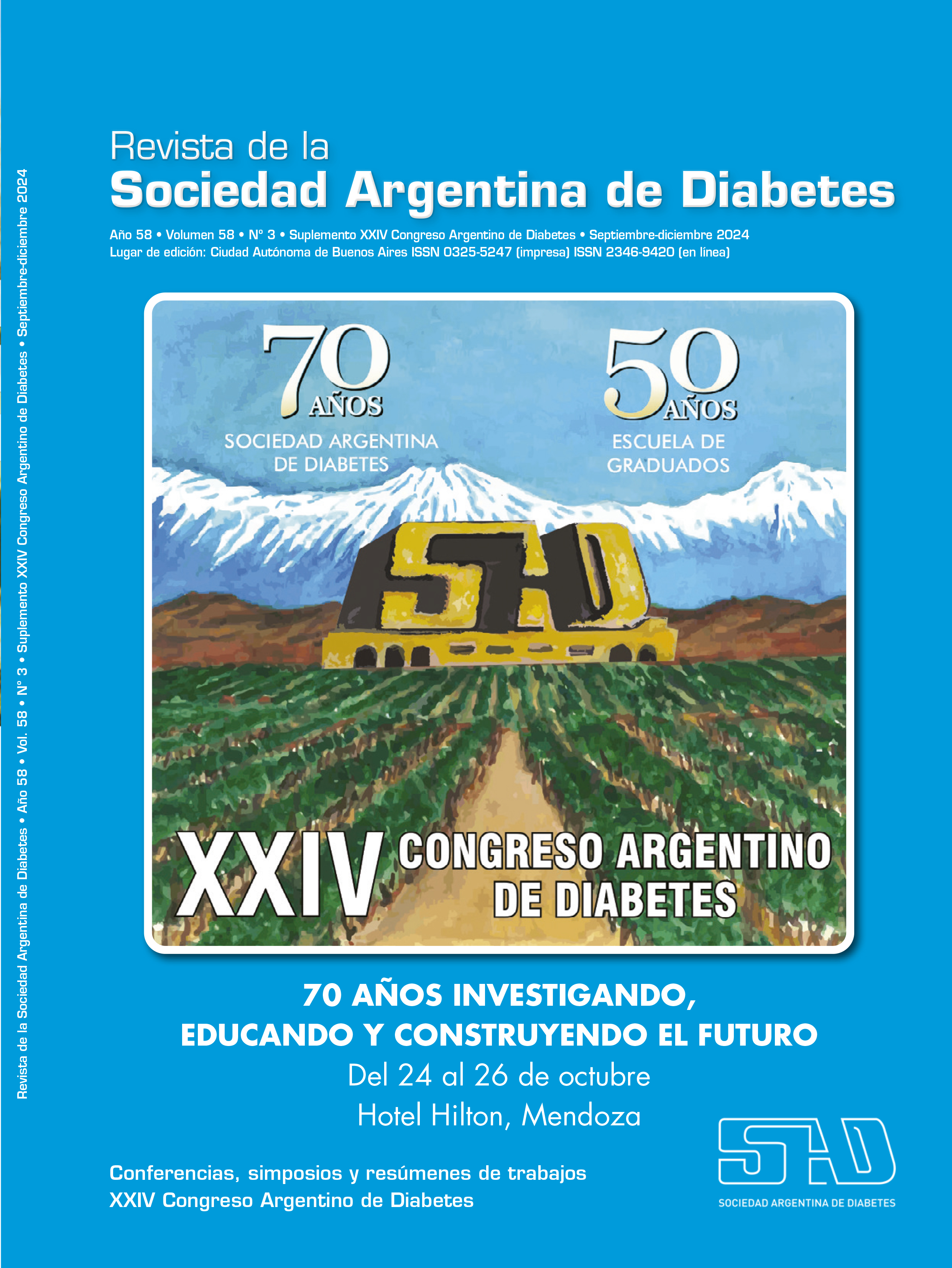Management of hypoglycemic therapy in older adults: challenges and opportunities
Keywords:
diabetes, older adultsAbstract
Diabetes is a highly prevalent disease in people over 65 years old, affecting more than 29% of this population. This group presents great heterogeneity both in functional status, in clinical characteristics and life expectancy, which poses the challenge of an individualized therapeutic design adapted to each patient. With the objective of reducing morbidity and mortality, we face with making a selection of drugs that takes into account glycemic objectives, the presence of comorbidities and frailty, access to medication, the complexity of the treatment and the patient's skills to implement it. GLP-1RA and iSGLT2, beyond the cardiovascular and renal benefit and the absence of risk of hypoglycemia, have demonstrated efficacy and safety in this group. Its incorporation into the therapeutic algorithm of older adult presents a new perspective that will require a critical medical indication.
References
I. American Diabetes Association Professional Practice Committee; 13. Older adults: Standards of Care in Diabetes 2024. Diabetes Care 1 January 2024; 47 (Supp-1):
S244-S257.
II. Karagiannis T, Tsapas A, Athanasiadou E, et al. GLP-1 receptor agonists and SGLT2 inhibitors for older people with type 2 diabetes: a systematic review and metaanalysis.
Diabetes Res Clin Pract 2021;174:108737.
Downloads
Published
Issue
Section
License
Copyright (c) 2024 on behalf of the authors. Reproduction rights: Argentine Society of Diabetes

This work is licensed under a Creative Commons Attribution-NonCommercial-NoDerivatives 4.0 International License.
Dirección Nacional de Derecho de Autor, Exp. N° 5.333.129. Instituto Nacional de la Propiedad Industrial, Marca «Revista de la Sociedad Argentina de Diabetes - Asociación Civil» N° de concesión 2.605.405 y N° de disposición 1.404/13.
La Revista de la SAD está licenciada bajo Licencia Creative Commons Atribución – No Comercial – Sin Obra Derivada 4.0 Internacional.
Por otra parte, la Revista SAD permite que los autores mantengan los derechos de autor sin restricciones.




























